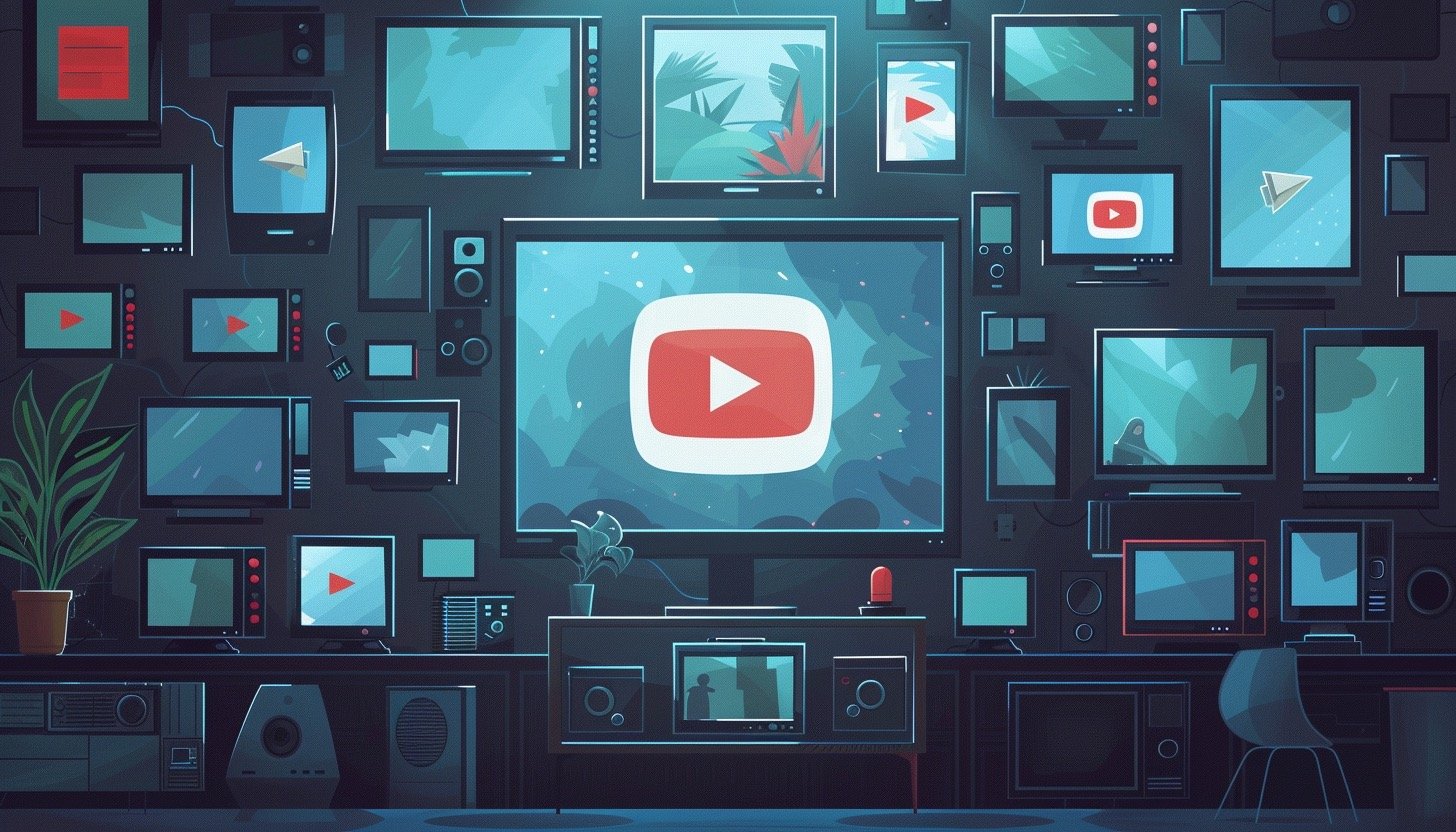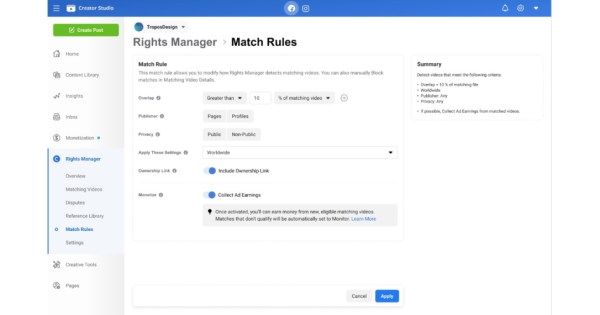What is the Difference Between YouTube Shorts and YouTube Videos?
Duration:
YouTube Shorts are short-form videos, typically lasting up to 60 seconds.
Traditional YouTube videos can vary greatly in length, ranging from a few seconds to several hours.
Format:
YouTube Shorts are created in a vertical, mobile-optimized format (9:16 aspect ratio). They often use fast-paced editing, catchy music, and quick transitions.
Traditional YouTube videos can be in both horizontal and vertical formats, allowing for more flexibility in editing styles.
Discoverability:
YouTube Shorts appear in a dedicated Shorts player on the YouTube app, on the Shorts shelf, and as suggestions.
Traditional YouTube videos appear in the regular YouTube feed, search results, and subscriptions.
Audience Engagement:
YouTube Shorts are designed to quickly capture viewer attention and encourage likes, comments, and shares through trends, challenges, and visually stimulating content.
Traditional YouTube videos provide more opportunities for in-depth storytelling and fostering deeper connections with the audience.
Do YouTube Shorts Get More Views Than Videos?
Discoverability and Placement:
YouTube Shorts are prominently featured on the Shorts shelf, home page, and dedicated Shorts player, enhancing their discoverability. In contrast, traditional videos compete for visibility in the regular feed, search results, and recommendations.
Viewer Attention Span:
Shorts are designed to capture attention quickly, catering to the shorter attention spans of many viewers, particularly on mobile devices. This leads to more views per video.
Engagement Metrics:
Shorts often receive more likes and shares per view compared to traditional videos, as they are optimized for quick engagement. However, they may receive fewer comments per view, as the format is less conducive to in-depth discussions.
Monetization Limitations:
Unlike traditional videos, Shorts currently cannot be monetized through the YouTube Partner Program. Consequently, creators may prioritize growing their Shorts viewership to build an audience rather than focusing on immediate monetization.
Algorithm Prioritization:
YouTube’s algorithm appears to prioritize and recommend Shorts more heavily as the platform competes with TikTok and other short-form video platforms. This algorithmic boost contributes to Shorts generally receiving more views than traditional YouTube videos.
Can I Earn Money from YouTube Shorts?
1. Monetization Eligibility:
To monetize YouTube Shorts, creators need to be enrolled in the YouTube Partner Program (YPP).
The eligibility requirements include having 1,000 subscribers and either 10 million Shorts views in the last 90 days or 4,000 watch hours on long-form videos in the last 12 months.
2. Monetization Methods:
The primary way to monetize Shorts is through YouTube’s Shorts ad revenue sharing program, where creators receive 45% of the ad revenue generated from their Shorts.
Other monetization methods include joining affiliate programs, securing brand partnerships, and using affiliate links within Shorts.
3. Earnings Potential:
The revenue per 1,000 views (RPM) for YouTube Shorts is generally much lower than for traditional long-form videos, typically ranging from $0.01 to $0.07 per 1,000 views.
To earn a significant income from Shorts, creators would need to accumulate millions of views per month, which can be challenging.
4. Best Practices:
Consistently creating engaging, entertaining, and unique Shorts content is key to growing an audience and increasing monetization potential.
Optimizing thumbnails, titles, and leveraging analytics can also help improve the discoverability and performance of Shorts.
How Does YouTube Shorts Monetization Work?
YouTube Shorts monetization rules operate through a unique process that involves various steps to distribute ad revenue. Here’s a breakdown:
Ad Sales: YouTube sells ad space to companies and displays ads between Shorts videos in the feed.
Revenue Pooling: All revenue generated from Shorts ads is pooled together.
Initial Fund Allocation: From the pooled revenue, funds are allocated to the creator pool and music licensing costs. If a Short has no music, all revenue goes to the creator pool.
Music Fund Allocation: If music is used, a portion of the revenue is allocated to music usage, and the rest goes to the creator pool.
Creator Fund Allocation: The creator pool funds are distributed based on the percentage of views each creator generates from their Shorts content.
Fund Payment: Creators receive 45% of their revenue share, while YouTube retains the remaining 55%.
How Many Subscribers Do You Need to Monetize YouTube Shorts?
For fan funding access: You need either 500 subscribers and 3 million valid public Shorts views in the past 90 days, or 500 subscribers, 3 public posts in the past 90 days, and 3,000 valid public watch hours on long-form videos in the past 12 months.
For ad revenue and fan funding access: You need 1,000 subscribers and either 10 million public Shorts views in the past 90 days or 4,000 public watch hours on long videos in the last 365 days.
Average Earnings from YouTube Shorts:
What is the RPM for YouTube Shorts
Reports suggest earnings ranging from $0.01 to $0.07 RPM (revenue per mille) for Shorts, compared to $1 to $20 RPM for long-form videos. The low earnings from Shorts are due to the revenue sharing model, where creators receive 45% of the ad revenue generated from their Shorts.
How Many Views on YouTube Shorts to Make $100?
It varies based on factors like location, ads, and engagement, but for 1 million views, creators may earn between $50 to $70. That means to make $100 from YouTube Shorts, you would need around 1-2 million views.
5 Other Ways to Monetize YouTube Shorts
Sell Subscription Memberships: Offer exclusive content and perks through channel memberships.
Live streaming: Use Super Chat and Super Stickers during live streams for viewer donations.
Sell Merchandise and Products: Create and sell branded merchandise or products associated with your content.
Join an Affiliate Marketing Program: Earn revenue from clicks on affiliate links featured in your Shorts.
Secure Paid Brand Partnerships: Collaborate with brands for sponsored content and endorsements.
Things to Do Before Start Monetizing YouTube Shorts
After successfully joining the YouTube Partner Program, enabling the Shorts Monetization Module is the next step to start earning funds from your Shorts content. Here’s a simple guide to activate it:
Log in to your YouTube Studio account.
Navigate to the “Earn” section in the left-hand menu.
Locate and accept the Shorts Monetization Module.
If you haven’t already accepted the Base Terms module, ensure to accept it as well.
Summary: By understanding these aspects of YouTube Shorts monetization and exploring additional revenue streams, creators can maximize their YouTube Shorts income potential and build a sustainable income from short-form content.









